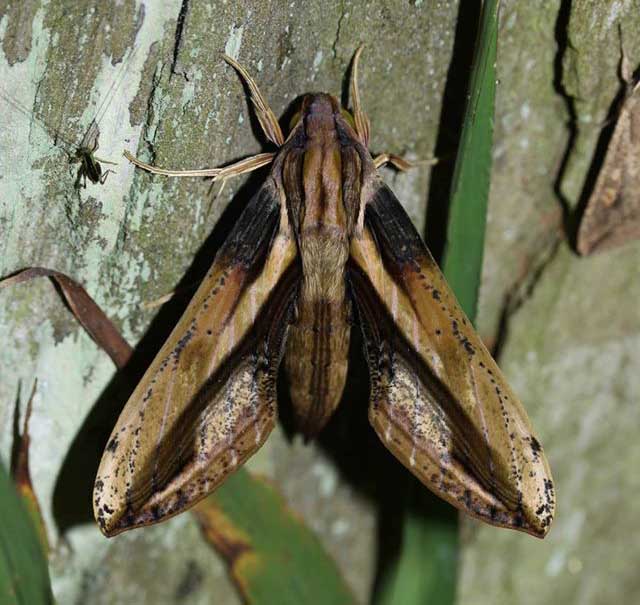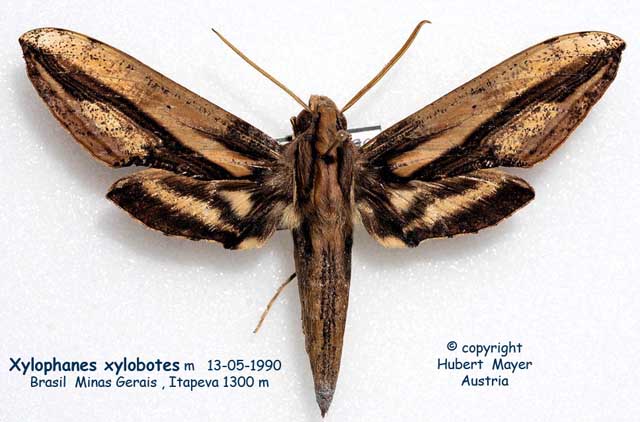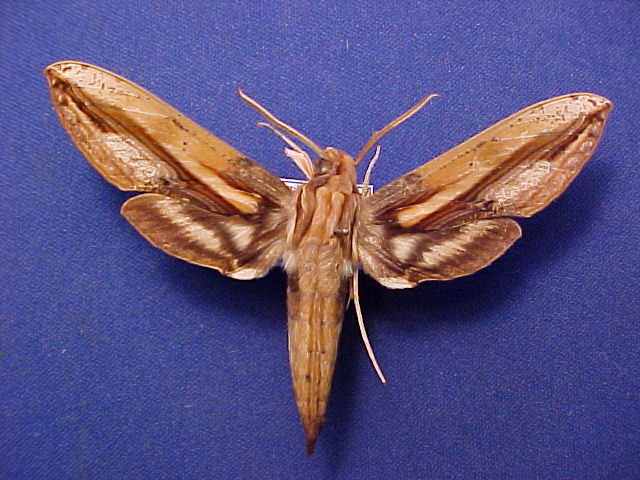
Xylophanes xylobotes, Rio Natal, Santa Catarina, Brazil,
October 23, 2011, courtesy of Jean Haxaire.
This site has been created by
Bill Oehlke at oehlkew@islandtelecom.com
Comments, suggestions and/or additional information are welcomed by Bill.
TAXONOMY:
Family: Sphingidae, Latreille, 1802 |
MIDI MUSICcopyright C. Odenkirk ON.OFF |

